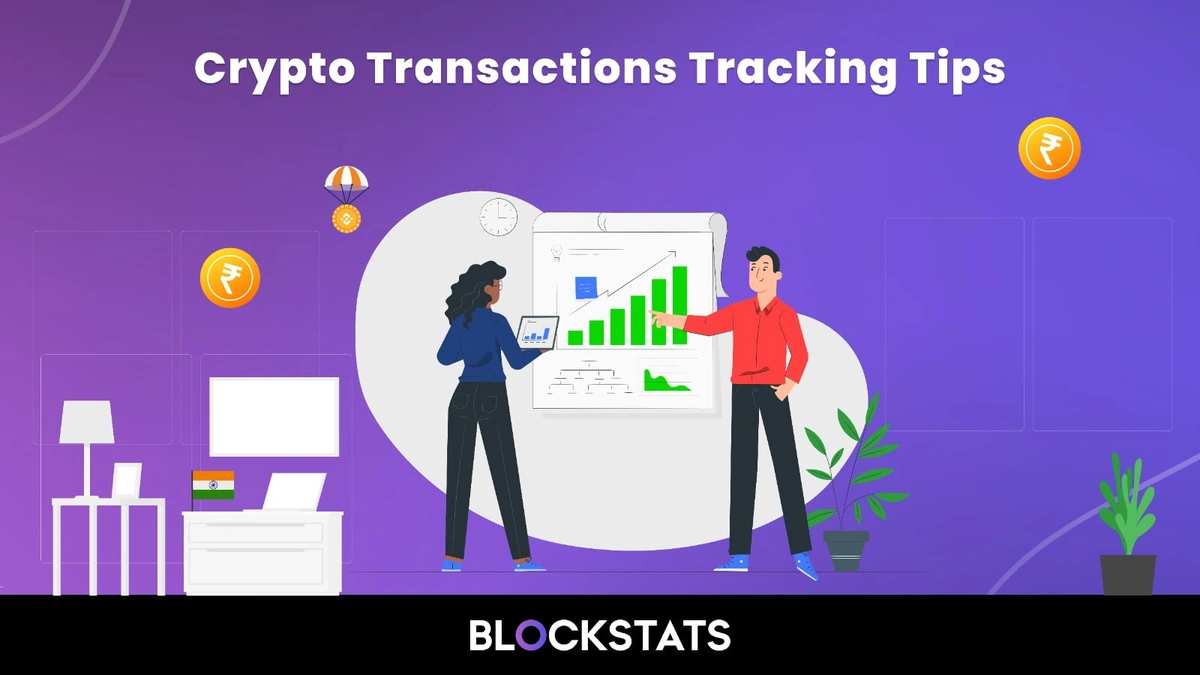Best Practices for Tracking Crypto Transactions for Indian Investors
Tracking every cryptocurrency transaction might seem tedious, but it is essential for Indian investors, especially since crypto profits are taxed at a flat 30% under the Income Tax Act. With 1% TDS deducted on most trades and the requirement to report transactions in Schedule VDA of your Income Tax Return (ITR), keeping accurate records is no longer optional; it is a legal requirement.
Failing to maintain proper transaction records can lead to incorrect tax calculations, missed TDS credits, and even penalties during scrutiny. To help you stay compliant and stress-free during tax season, here are the best practices to track your crypto trades effectively.
Why is Tracking Crypto Transactions Important?
Unlike traditional investments, crypto transactions can involve multiple exchanges, peer-to-peer trades, wallet transfers, and even decentralized finance (DeFi) activities. Every sale, trade, or conversion is considered a taxable event, even if no cash is received.
Proper tracking helps you:
-
Calculate profits accurately for the 30% tax and 4% cess.
-
Claim a 1% TDS credit deducted by exchanges.
-
Avoid errors when filling out Schedule VDA in ITR-2 or ITR-3.
-
Be prepared if the tax department asks for transaction details.
Best Practices for Tracking Crypto Transactions
1. Maintain a Centralized Transaction Log
Keep a single spreadsheet or accounting tool where you record every transaction. For each trade, note:
-
Date and time
-
Asset bought or sold
-
Quantity
-
Price in INR
-
Transaction fees
-
Counterparty (exchange, P2P, or wallet)
-
TDS deducted (if any)
This master log ensures you do not lose track when dealing across multiple platforms.
2. Use Exchange Statements
Most global and Indian crypto exchanges allow you to download trade histories, including TDS details. Download these statements regularly, monthly or quarterly, so that you are not scrambling at year-end.
Make sure the statements clearly show the INR value of each transaction since profits must be reported in rupees.
3. Track Wallet Transfers Separately
Transfers between your own wallets are not taxable, but they can create confusion when reconstructing your trading history. Record the wallet address, transfer amount, and purpose (e.g., “internal transfer”) so that these are not mistaken for sales.
4. Leverage Crypto Portfolio & Tax Tools
Several tools automatically integrate with exchanges and wallets to consolidate your trade history. Platforms like CoinSwitch, Koinly, and ClearTax can:
-
Import trades automatically via API or CSV files.
-
Convert values into INR based on historical exchange rates.
-
Calculate profits and generate tax-ready reports.
Using such crypto portfolio management tools can save hours of manual work and minimize errors.
5. Record Airdrops, Staking, and NFT Transactions
Non-trading events such as airdrops, staking rewards, and NFT purchases/sales are also taxable. Track the date, value in INR, and type of transaction, since these are reported separately in Schedule VDA.
6. Reconcile with TDS Reports
Since 1% TDS is deducted on most transactions, check your TDS certificates (Form 26AS or AIS) and reconcile them with your records. This ensures you claim the full credit when filing your tax return.
Tips for Staying Organized
-
Update records weekly or monthly instead of waiting until tax season.
-
Use separate wallets for investments and trading to simplify tracking.
-
If you are an active trader, consider hiring a tax professional to validate your reports.
-
Retain all transaction proof, emails, exchange records, and wallet logs for at least 6 years, as per tax laws.
